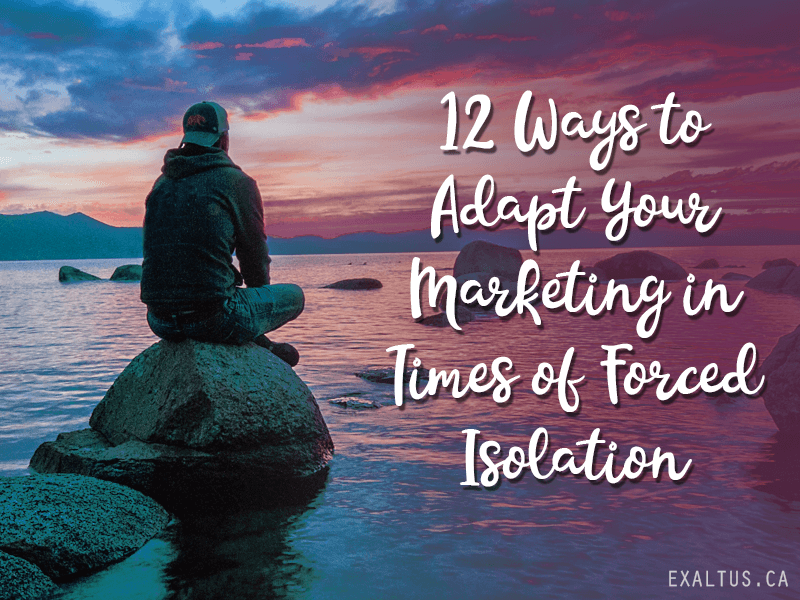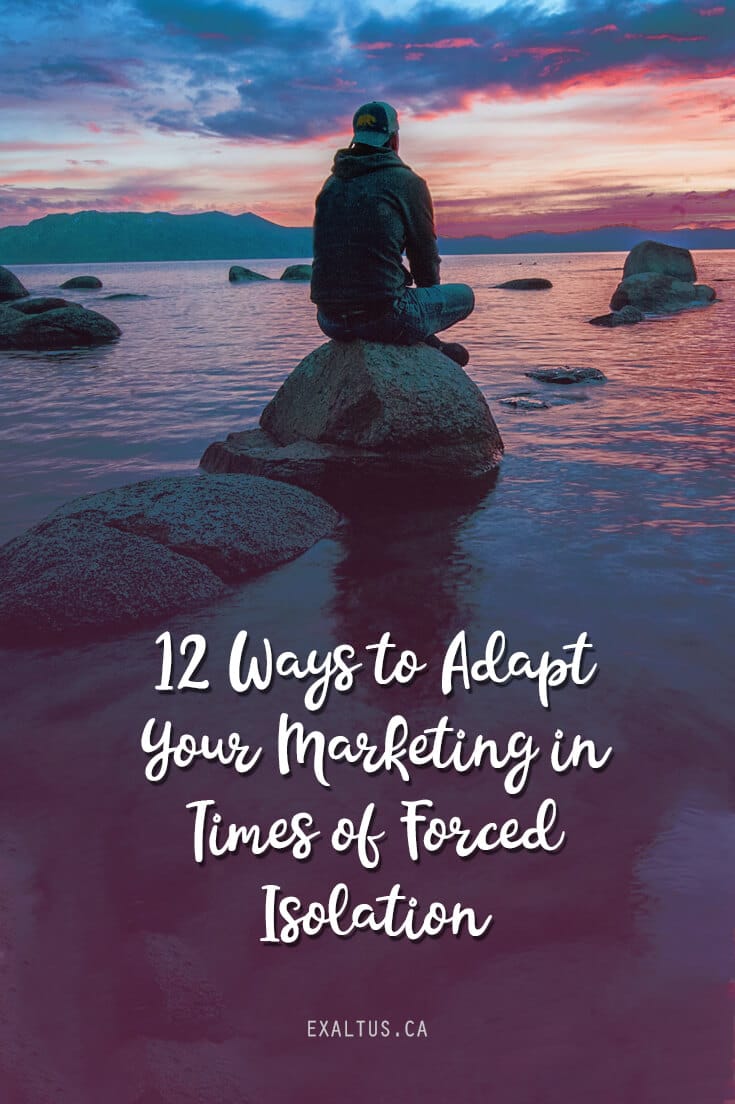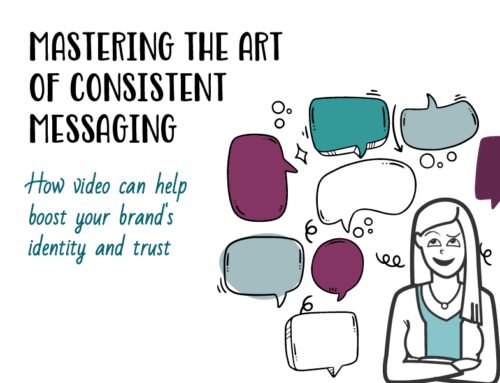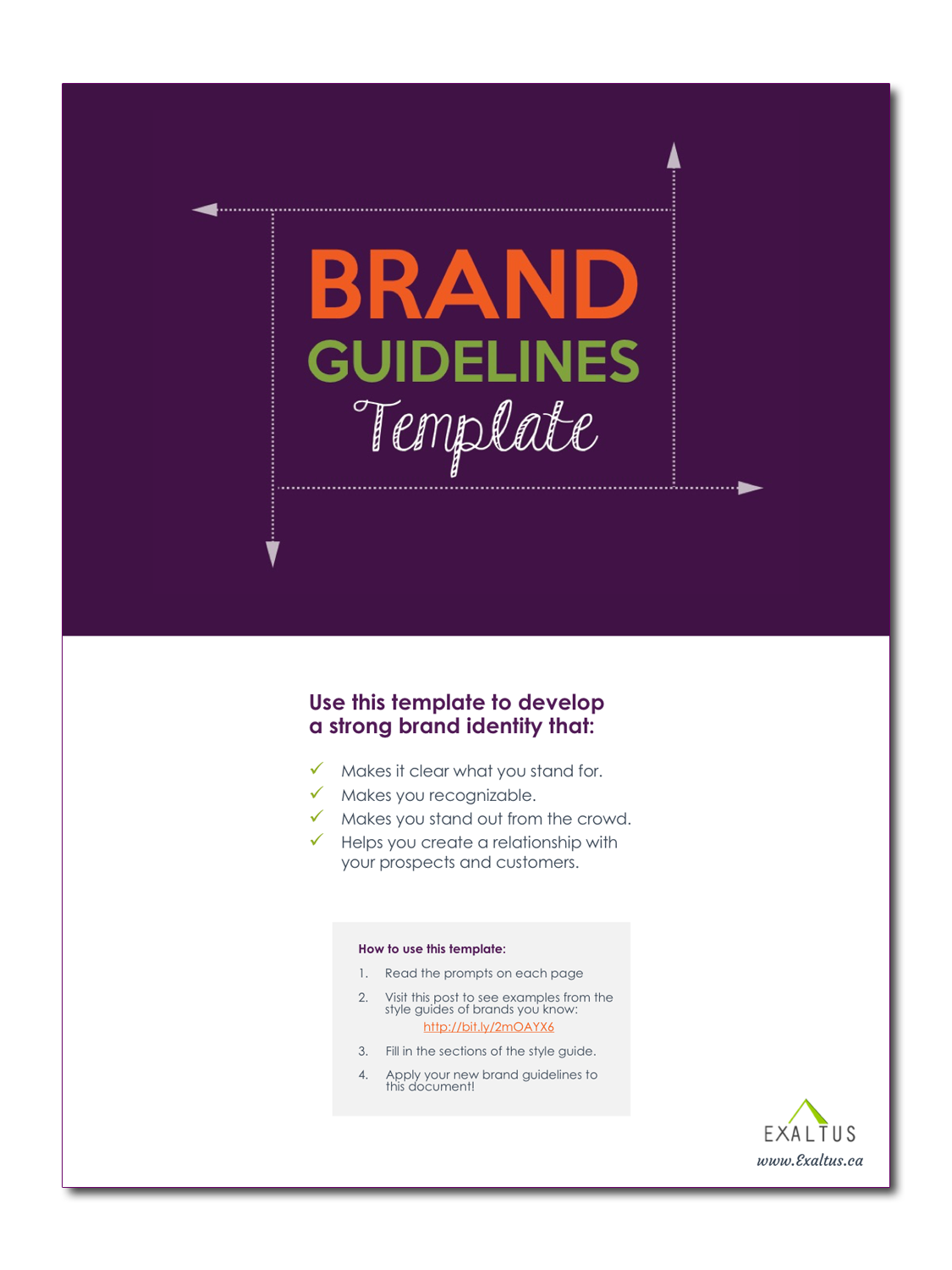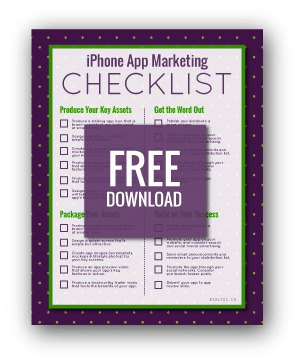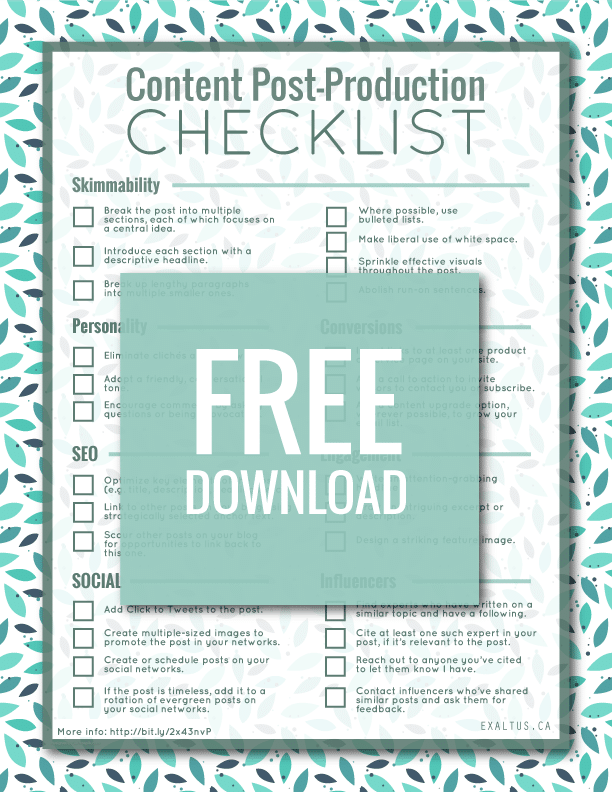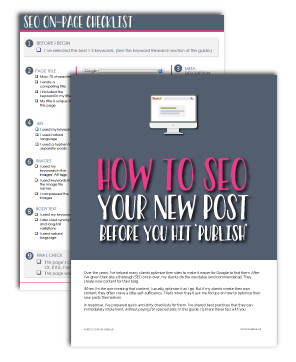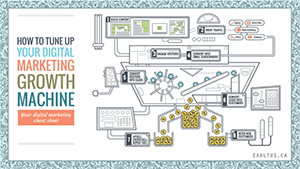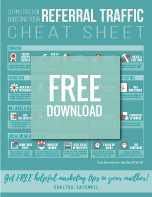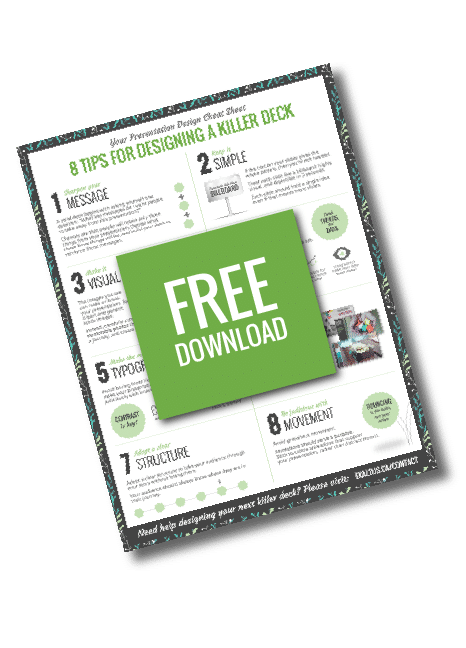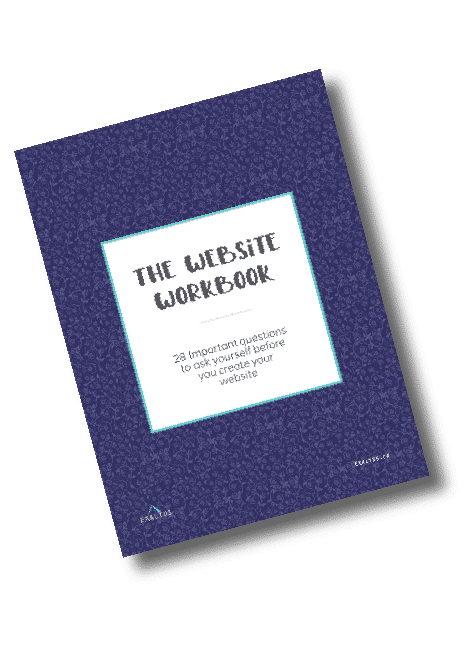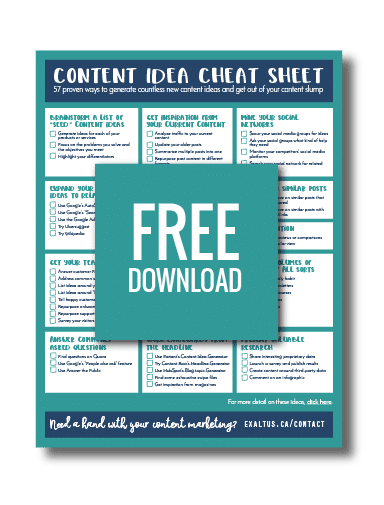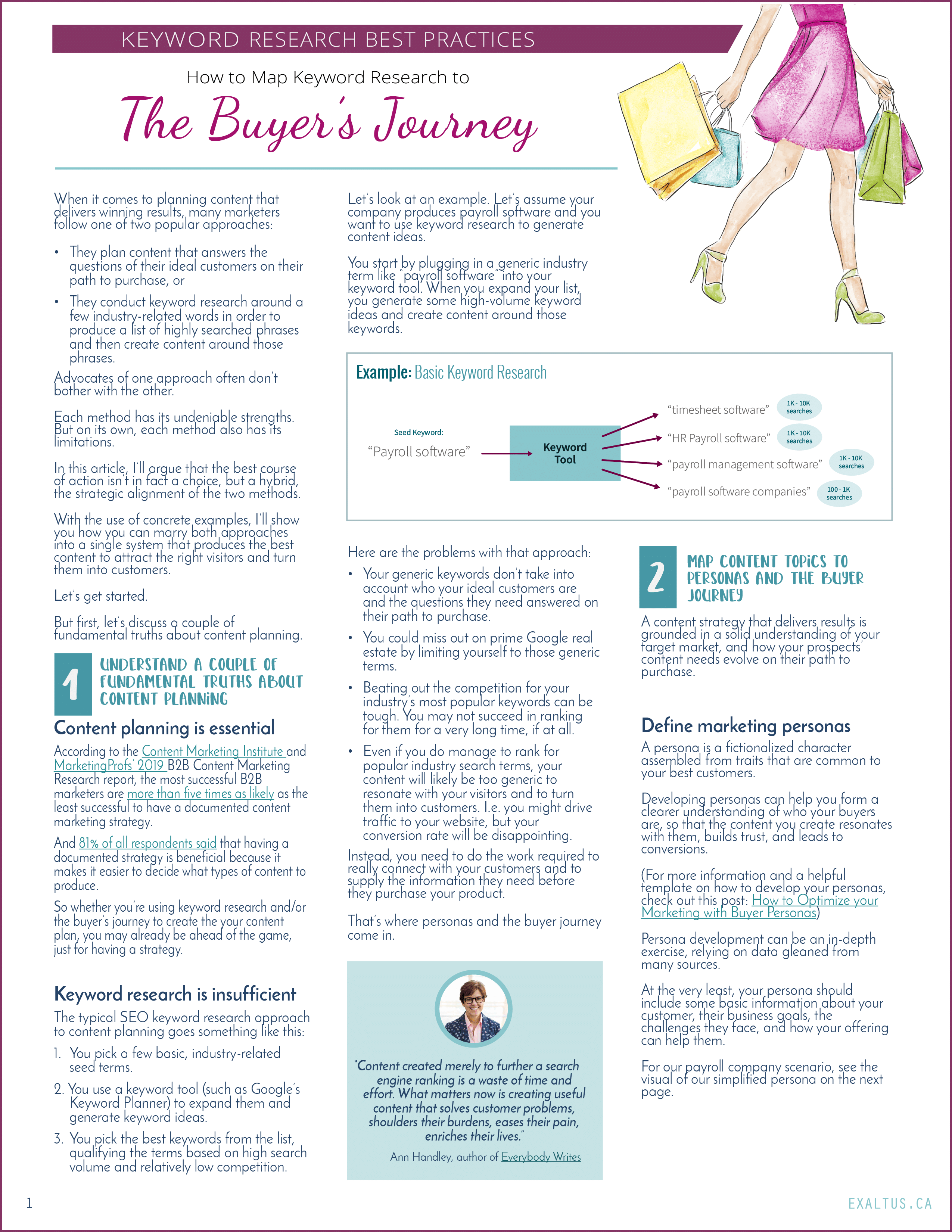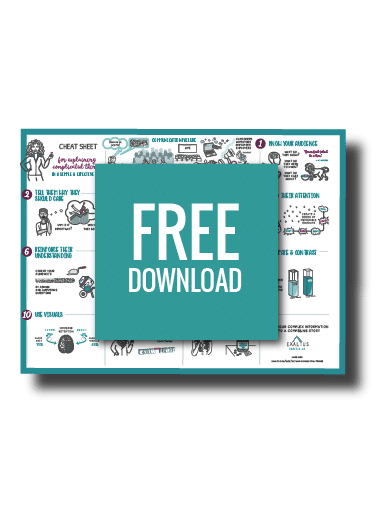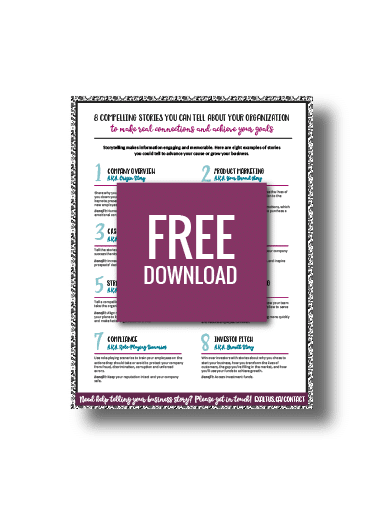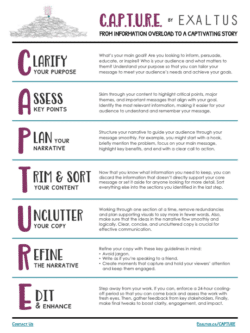I think we can all agree that it’s been a crazy few months, courtesy of COVID-19.
Every day, we face a new reality, adjusting the way we live and work, walking the line between precaution and panic.
Tensions rise along with the number of Coronavirus cases reported in the news.
We stock up on groceries, make sure that our loved ones are safe, and overhaul our daily routines.
We follow all the guidelines and hope to settle into a new normal.
And that’s when entirely new fears seize us.
From Health Concerns & Social Distancing to Financial Anxiety
As if all these health worries weren’t enough, now we have to wrestle with economic woes.
I’m amazed at how fast the pandemic is ravaging our economy.
The stock market is plummeting.
People are losing their jobs.
A recession – that terrifying “R” word that we barely dare pronounce – is all but certain.
How do we adapt to that?
Our impulse is to run for cover – to drastically reduce all costs, including our marketing budget, in preparation for the worst.
Where Do We Go from Here?
Now is precisely the wrong time to stop marketing.
But you do need to market differently.
In this post, you’ll learn 12 tips for staying connected with your prospects and customers during the days of frayed nerves and social distancing.
Cut Costs or Invest in Marketing?
I understand the temptation to save costs by slashing your marketing budget.
But here are a few reasons why you shouldn’t:
- If you cut your marketing costs, your profitability gains will be temporary. When this crisis is behind us, the ravages of the recession will be compounded by reduced brand awareness and weakened customer relationships.
- If you build and maintain your brand through hard times, you can position yourself as a trusted, reliable and reassuring presence in your industry.
- As other brands cut back on their marketing efforts, you can stand out and improve your competitive advantage by investing wisely in the right tactics.
Different Times Call for Different Measures
When it comes to marketing and lead generation, you probably have your favorite bag of tricks.
But the sad truth is that your tried-and-true approaches may not work today, for at least two reasons:
Social Distancing Means That Our Go-To Options Are No Longer Available to Us
Think conferences, in-person presentations, and even client lunches, to name a few.
“With everything changing so quickly and with more people having to convey a warm personable persona from a distance, we have to learn or at least polish up a bunch of new skills quickly: how to tell a simple story quickly, how to be brief but effective, and how to earn the right to sell and serve through how we communicate and connect.” – Chris Brogan
Your Boiler-Plate Messaging & Tactics May Resonate Poorly With an Audience Consumed by Fear & Apprehension
In his recent article, How do you sell in a coronavirus environment?, best-selling author Mark Schaefer jars us with a question that brings today’s stark reality into focus:
“How would you sell to somebody at a funeral? That is the mindset you need to take right now in this coronavirus environment of anxiety and grief. […] It’s about helping, showing sincere compassion, and building relationships that will last far beyond any stupid virus.” – Mark Schaefer
12 Marketing Tactics to Try Now
We need to find ways to connect and build trust with our audiences in spite of social distancing.
The obvious route is to replace in-person meetings with teleconferencing. But:
- If everyone is teleconferencing, how will you stand out?
- Are video conferences enough to create a real connection and build trust?
- Can you explain complicated ideas as effectively on a video conference?
Luckily, you don’t have to rely solely on teleconferencing (or any other single tactic).
Instead, draw from the ideas below and build up a portfolio of marketing tactics.
1. Use Video
There’s never been a better time to use video to get closer to your leads and customers, than in this period of social distancing.
According to Wyzowl, 85% of businesses use videos as a marketing tool. And 83% of video marketers say video has helped them generate leads.
When it comes to video, we’re used to a one-to-many approach: we produce a video and share it at large on our websites and social media for all to see.
But you can also use video to facilitate personal, one-to-one exchanges.
For example:
- Send a personal video to introduce yourself to a prospect.
- Give prospects a quick product demo (like this one, from Loom).
- Send new customers or subscribers a personalized welcome and thank you video (like the one from Smart Passive Income’s Pat Flynn).
- Onboard new customers with a personalized video, like this one from ConvertKit’s Matt Ragland
- Provide clear and customized customer support.
For a comparison of the different video tools you can use, check out this post.
2. Use Animated Videos
Like traditional talking-head videos, animated videos can be effective for sharing your ideas remotely.
And what better way to make your prospects feel like you’re in the room with them than to send them a whiteboard video?
After all, the very intention behind whiteboard videos is to simulate someone scribbling on a whiteboard, doodling as they explain an idea.
That’s why whiteboards feel familiar and friendly.
And that’s why they’re a powerful tactic to overcome the challenges of social distancing.
Not sure what whiteboard animation is?
Check out some of our latest examples here.
Whiteboard videos deliver significant benefits. Compared to talking head videos, whiteboard videos:
- Are rated as 33% more entertaining.
- Deliver a 15% higher recall rate.
- Are three times more likely to be shared than talking head videos.
- Are more than twice as likely to lead to a sale.
You can use whiteboard videos to achieve a variety of different purposes, such as to:
- Promote your product or service.
- Tell your origin story or another marketing story.
- Make data more entertaining.
- Persuade others to take action.
- Explain complicated ideas.
Under current circumstances, you won’t be able to play your whiteboards at events.
Instead, you can embed them on your website, share them on social media, and include them in your email marketing.
3. Host or Participate in Virtual Conferences
Droves of cancelled conferences were among the first signs of the ravages Coronavirus would cause.
The Future of SEO: How to Safeguard Your Brand in an Unpredictable World
7. Refresh Your Keyword Research
A crisis like the one we’re experiencing can have an impact on what people buy and the answers they seek on their paths to purchase.
Here are just a few questions you should ask yourself:
- Is there a new type of customer you can help during this public health crisis or during a recession?
- Do your customers have new problems you can solve?
- Is there a different way to use your product or service that would be optimal under the circumstances?
- Is there something about your brand or your offering that makes you particularly well suited to helping customers during these trying times?
With these answers in mind, think about who your ideal customer is and about which questions they ask through every stage of their buyer journey. Then:
- Make sure you have the best content to answer those questions.
- Identify the keywords you should be targeting for each stage of their journey.
8. Create Amazing Content for Your Blog
High-quality content should always be a priority, especially during a crisis.
When you’re crafting new content, though, make sure to consider the global mood of stress and fear. That means:
- Focus on helping people, not selling.
- Be a trusted source of information and inspiration.
- Be generous with free resources to help your community.
And be genuine in your offers of help. Don’t try to disguise self-serving marketing efforts as acts of generosity. Jay Acunzo, Founder of Marketing Showrunners, puts it well in a recent tweet.
9. Be More Active on Social Media
It’s always a good idea to be present on social media. In times of crisis, it’s essential, and probably one of the easiest ways to stay top of mind in spite of social distancing.
If you follow some of the tips above, you’ll have amazing new content to share on social, like blog posts, infographics, videos, and other visuals.
But don’t limit yourself to pushing out content. Also, focus on:
- Social listening.
- Engaging with your followers.
- Supporting and inspiring your community.
10. Start an Email Newsletter
Producing an email newsletter is a great way to strengthen your relationships with your community on a platform that belongs to you.
In a recent issue of her own email newsletter, Ann Handley, Chief Content Officer, Marketing Profs, took on the tough topic of COVID-19 with her usual insightfulness and sensitivity.
In addition to showing empathy for the stress we’re all feeling, she serves up hopefulness and sound advice.
Among her suggestions, Handley advocates that we deepen relationships with subscribers with a regular newsletter, adding:
“I believe most companies are missing an important opportunity with their email newsletters. Specifically: How can you reframe your newsletter into a critical relationship-building tool? How can you use an email newsletter to build your brand?” – Ann Handley
Check out this whiteboard video we produced for Handley, where she explains how you can use your newsletter to connect with individuals, earn trust, and build affinity.
11. Focus on Existing Clients
If you’re having a hard time acquiring new customers, all the more reason to double down on what you should be doing anyway: focus on deepening your relationships with your existing customers.
Here are just a few examples of what you can do:
- Read “Never Lose a Customer Again: Turn Any Sale into Lifelong Loyalty in 100 Days” and figure out how to create positive experiences at every touchpoint of your customer journey.
- Ask your customers for feedback on what you can be doing better, and act on it.
- Share useful content that might benefit them.
- Set up a loyalty program to reward repeat transactions.
This is also a great time to show some flexibility and help them find creative solutions to their problems.
12. Advertise
Historically, recessions generally lead to a drop in ad spending.
During the 2008 recession, for example, U.S. ad spend declined by 13% overall.
But there are good reasons to invest in advertising during the downturn.
Here are a few:
- Advertising can deliver more immediate income (albeit at a lower ROI than inbound).
- As your competitors pull back on their advertising, there will be less noise in the market and you’ll have a better chance of standing out.
- Weaker advertising demand may reduce costs and make your campaign more affordable.
- Maintaining mindshare through hard times can position you as a stabilizing presence.
If you need more convincing, check out these eye-opening examples of brands who emerged as market leaders as a result of maintaining their ad spend during an economic downturn.
Over to You
I hope some of these tips will help you figure out how you can adapt your marketing methods to this surreal period of social distancing and the resulting hit on our economy.
Do you have any of your own tips to share?
I’d love to hear from you in the comments.
This post was first published on Search Engine Journal

